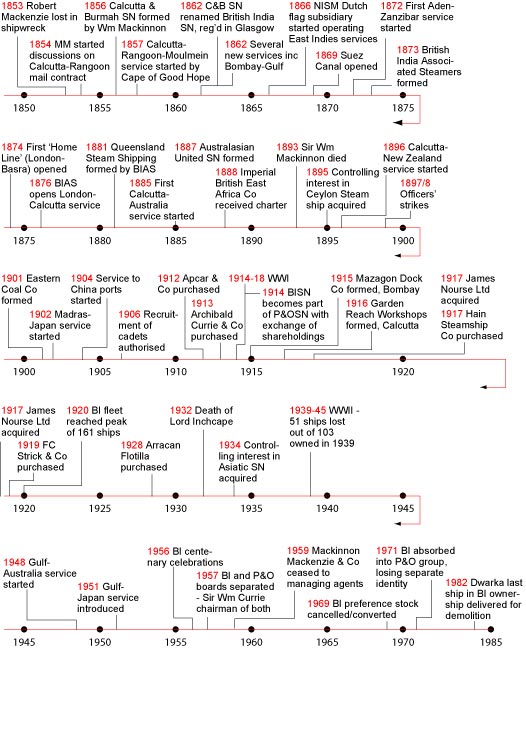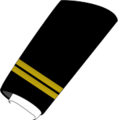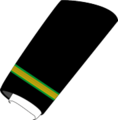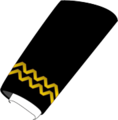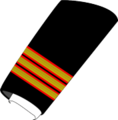British India Steam Navigation Company
Parent P&O (1914 onwards) | | |
| Website | http://www.poheritage.com/our-history/company-guides/british-india-steam-navigation-company | |
|---|---|---|
British India Steam Navigation Company ("BI") was formed in 1856 as the Calcutta and Burmah Steam Navigation Company.
History
The Calcutta and Burmah Steam Navigation Company had been formed out of Mackinnon, Mackenzie & Co, a trading partnership of the
Fleet and routes
As one of the largest shipowners of all time, the company owned more than 500 ships and managed 150 more for other owners. At its height in 1922, BI had more than 160 ships in the fleet, many built on
. BI had a long history of service to the British and Indian governments through trooping and other military contracts. In the last decade of its operational existence BI carried thousands of school children on educational cruises.Mantola was sunk in February 1917 by a torpedo from a German submarine off the coast of Ireland with a substantial cargo of silver bullion.
The cargo ship
Some of the company's better known passenger ships included Rajula, Dunera, Scindia, Sirdhana, Leicestershire, Dwarka, Dumra, the sister ships Kampala and Karanja, and Kenya and Uganda, and Dara, which was sunk by a terrorist bomb in 1961.
Company timeline
Rank badges of ship's complement
-
Commander
-
Chief Officer
with superior certificate -
Chief Officer
with certificate of rank -
Second Officer
with superior certificate -
Second Officer
with certificate of rank -
Third Officer
with certificate of rank -
Fourth Officer
with certificate of rank -
Third & Fourth Officer
without certificate -
Cadet
-
Chief Engineer Officer
-
Second Engineer Officer
with superior certificate -
Second Engineer Officer
with certificate of rank -
Third Engineer Officer
with certificate -
Third Engineer Officer
-
Fourth Engineer Officer
-
Junior Engineer Officer
-
Senior Electrician
-
Second Electrician
-
Junior Electrician
-
Senior Purser
-
Purser
-
Assistant Purser
-
Chief Steward
-
Second Steward
-
Extra Second Steward
-
Doctor
-
Nursing Sister
-
Matron
-
Assistant Matron
Source: [3]
References
- ^ C. Michael Hogan. 2011
- ^ "Ship Fact Sheet - Nevasa (1956)" (PDF). P&O Heritage. Retrieved 20 September 2020.
- ^ BIShip. 2022-09-01.
- C. Michael Hogan. 2011. SS Gairsoppa recovery. Topic ed. P.Saundry. Ed.-in-chief C.J.Cleveland. Encyclopedia of Earth. National Council for Science and the Environment, Washington DC
External links
- BI Ship Site
- A Short History of British India Steam Navigation
- Clydeside built BI ships
- Miller, William H., The Last Blue Water Liners, Conway Press, London, 1986 - ISBN 0-85177-400-8
- Morton, Michael Quentin, "The British India Line in the Arabian Gulf, 1862-82", Liwa journal, December 2013, Vol. 5, No. 10, pp. 40–63 [1]
- Documents and clippings about British India Steam Navigation Company in the 20th Century Press Archives of the ZBW

